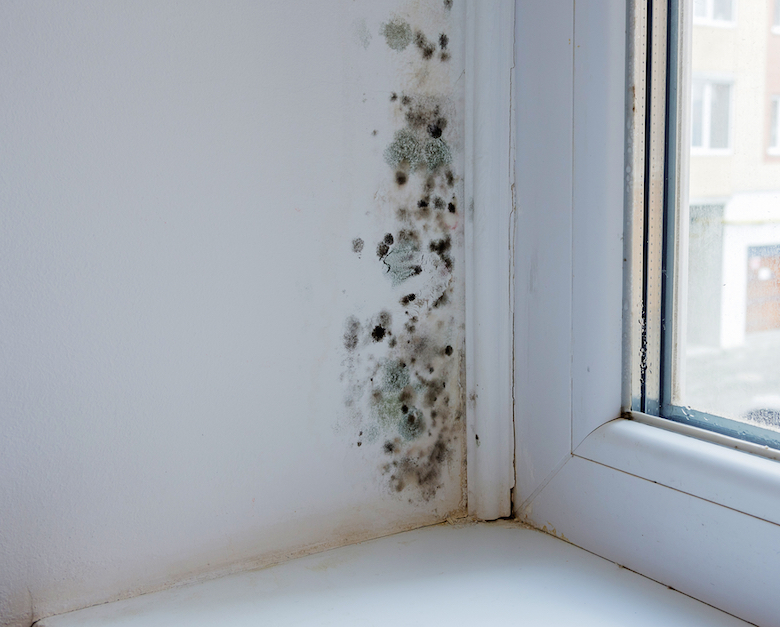
Say Goodbye to Spring Allergies: How Air Purifiers Can Help Conscious Parents
As the buds bloom and nature awakens from its winter slumber, spring brings with it a vibrant burst of life. However, for many, this seasonal
Call us on 0333 015 4345 or email hello@theconsciousparent.co.uk

A few things can cause mould to grow on interior walls.
In this post we’ll explore some of the common causes of mould, and let you know how to tell if you have a mould problem.
We’ll also discuss some steps you can take to prevent the spread of mould in your house.
If you don’t treat a mould problem, it will spread. And the more mould spreads, the bigger a health problem it poses. Mould spores can aggravate many existing conditions, including:
But if the mould infestation gets too serious, it can even cause a health risk to people with no pre-existing conditions. Some mould spores are toxic, and breathing them in can lead to headaches, dizziness, trouble concentrating, and even memory loss.
This is why it’s important to address any mould problems as soon as you find them.
Moisture and dampness can lead to mould. This moisture can come from a number of sources, including:
Combine these sources of moisture with poor ventilation and any damp walls in your home will struggle to dry. And this is when mould can take root, and spread.
There are a few tell-tale signs that you have a mould problem on your hands:
You can hire a specialist cleaner to remove all traces of mould from your home. You can also buy a dedicated “mould blaster” bleach spray from most supermarkets, if you want to clean the mould yourself.
However, while these approaches might remove any existing mould from your house, unless you address the underlying cause, then it’s likely that the mould will return before long. You also want to make sure you have adequate ventilation when using any strong chemicals in your home.
Take a look around your house, inside and outside, for any cracks and damp patches. Also check your roof for cracked tiles, and your guttering and other external pipes. You’re looking for any areas that might be letting water in, which can lead to mould.
You could also hire a surveyor to perform a more thorough check of your home. Not only will they be able to pinpoint any sources of mould, they’ll also be able to advise on the steps you need to take to fix the issue.
Check the extractor fans in your bathroom and kitchen. Also look for signs of leaks in your bath, shower, and sinks.
Think about the other appliances you use, too. For example, you might use a humidifier as part of your skincare routine. But if you leave this running for too long, it can lead to a build-up of condensation, which can lead to mould.
If you haven’t got an extractor fan in your kitchen or bathroom, or if you suspect it’s not working like it should, open some windows when you cook, shower, or bathe. This will help any moisture in the air escape while preventing the build-up of condensation on your walls and windows.
You can also buy an air purifier for your home. The BlueAir Home Air Purifier can completely filter the air in a room of up to 17m² up to 4.8 times an hour. Meanwhile, its advanced filters can trap even the smallest of particles in the air, including mould spores. This can help prevent mould from taking hold and spreading.
Head here to read our full guide to how our home air purifiers work, and the many benefits they can bring to your home.

As the buds bloom and nature awakens from its winter slumber, spring brings with it a vibrant burst of life. However, for many, this seasonal

Babies don’t develop self-awareness until they’re around two years old. At around this time, they’ll come to realise that they’re seeing themselves when they look

The Conscious
Parent Company
G4 Business Centre
19-21 Carlisle Street East
Sheffield S4 7QN
0333 015 4345
hello@theconsciousparent.co.uk
